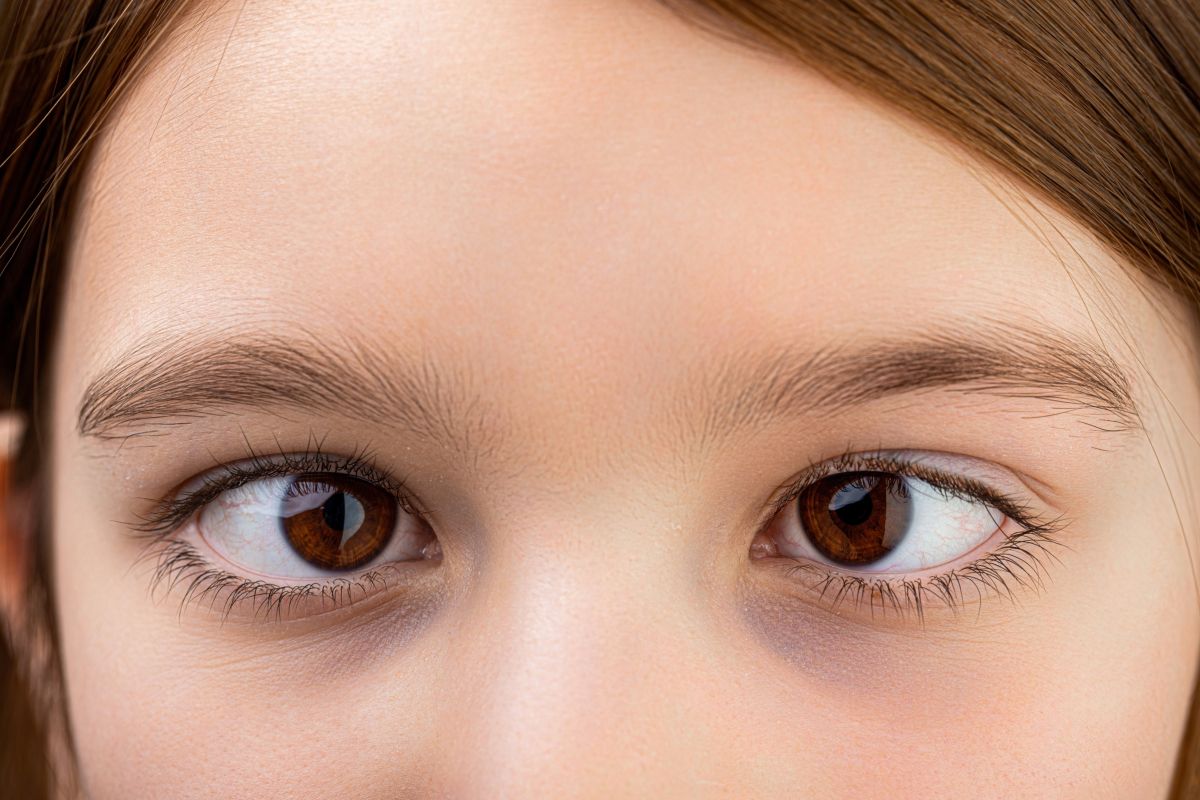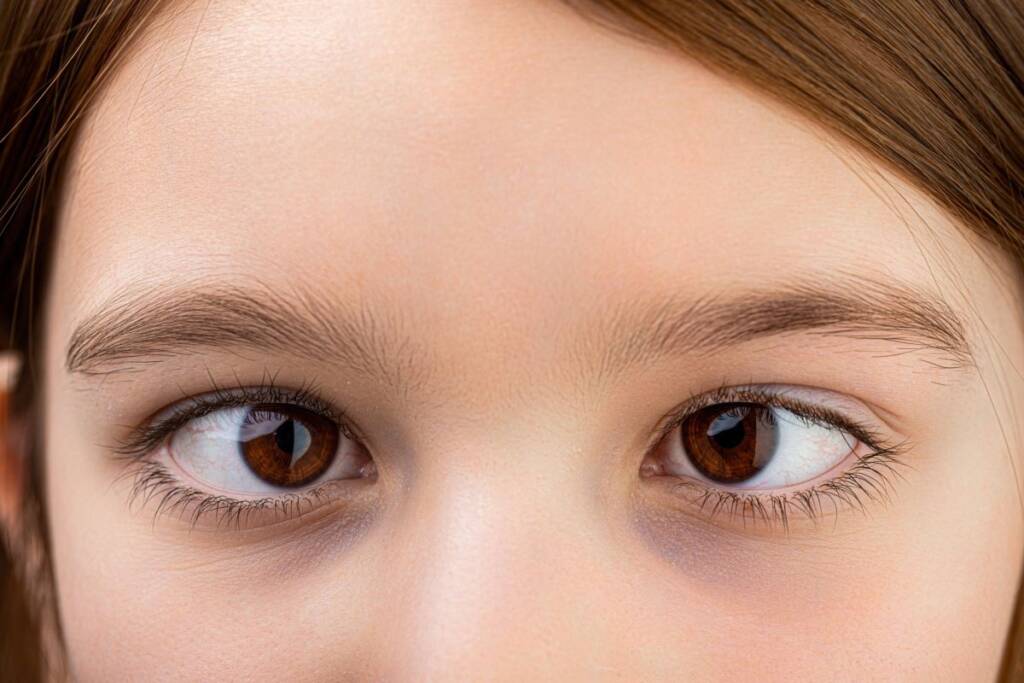Health
Strabismus: what it is, why it occurs and how it is treated

Strabismus is a condition that occurs when the eyes are not aligned with each other. Let's find out why it comes and how it is treated.
When we talk about strabismus we mean that particular condition in which the visual axes of the eyes are not aligned. The result is therefore that of the classic crooked eyes which are, in fact, a clear sign of this eye disease. This condition can be present from birth or occur in adulthood. This leads to different conditions. In the first case, in fact, the images arriving from the deflected eye are omitted by the brain.
In the second case, however, you can have what is called diplopia, or double vision.
Whatever the type of strabismus, it is always very important to consult an ophthalmologist as soon as possible in order to find the right treatment.
Why we are born or become cross-eyed and why it is important to intervene
Strabismus can be caused by various problems such as refractive problems (such as astigmatism or myopia ), endocrinological diseases, congenital ocular diseases (such as cataracts ) and neurological diseases such as ocular muscle paresis .
Regardless of the triggering reason, in the event of problems as an adult it is important to immediately consult an ophthalmologist to remedy them in order not to worsen the visual disturbances.

In the case of congenital strabismus, on the other hand, it is very important to act promptly. As already mentioned, in fact, the brain tends to omit the deviated images that come from the non-aligned eye. And that, in the long run, can lead to a perennial problem. The ability to use the eyes correctly must in fact be acquired from a very young age.
How many types of strabismus exist
Now that we have seen why people become or are born cross-eyed, it is important to know that there are different types of cross-eyedness. These are:
– Divergent strabismus: when the eye is turned outward.
– Convergent strabismus: when the eye turns inwards.
– Vertical squint: when the eye goes up or down.
– Concomitant strabismus: the angle of deviation is always the same regardless of where you look.
– Incomitant squint: when the position of the eyes varies according to where you look.
Then there is the so-called strabismus of Venus which, in reality, is only a mild form of divergent strabismus, more often present in newborns. Even in this case, however, it is always better to consult an ophthalmologist in order to make sure that there is no need for corrections.
Strabismus symptoms and treatment
Having strabismus does not only lead to the aesthetic problem of crooked eyes. At the base there are, in fact, far more important symptoms that can be summarized as follows:
– Double vision
– Migraine
– Visual fatigue
– Burning eyes
– Dizziness
– Head tilt
– Sensitivity to light
– Eye squinting
Faced with these symptoms, even in the case of very mild symptoms (perhaps because they are initial) it is therefore advisable to book a visit to the ophthalmologist to check the state of the eyes and their health.
How to cure strabismus
In case of suspected strabismus, the ophthalmologist will carry out a careful anamnesis by checking the vision and blocking the accommodation of the deviated eye to identify the extent of the problem.
To this are added other tests that depend on the type of strabismus suspected and the age of the person suffering from it.
Also for the cure there are different methods. One of these (perhaps the best known) is that of the bandage which is used to encourage the lazy eye to work in the right way. In other cases, lenses may be useful and in more serious cases, the doctor may consider surgery. If you have squint caused by health problems, it can sometimes be helpful to get a squint to correct the problem.
Riproduzione riservata © - WT











